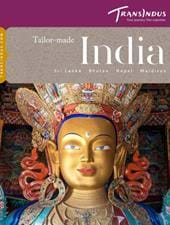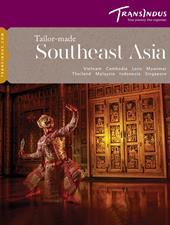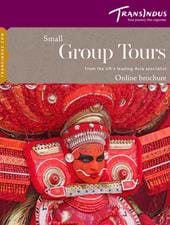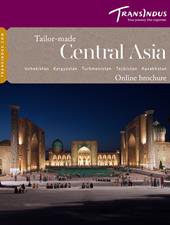The Himalayan regions of India are, in many respects, lands apart from the rest of the country. Inaccessible for much of the year, the convoluted valley systems rising from the Gangetic Plains to the gleaming ice peaks of the Great Himalayan range offer a fascinating counterpoint to life at sea level. In the northwest, the states of Uttarakhand and Himachal Pradesh, and regions of Kashmir and Ladakh, each have their own distinct landscapes and cultural traditions, while in the far northeast, beyond Nepal, Sikkim retains the feel of a traditional Himalayan kingdom. Whether you’re flying, driving or trekking into the world’s highest mountain range, prepare to enter another world.
Best Time to Visit the Himalayas
The Himalayan states of northern India experience their most congenial weather at precisely the time the plains are at their hottest – in April and May. Throughout this period, the snow peaks are clearly visible on the horizon; the rhododendrons are in flower in Sikkim; and the saffron fields ablaze with colour in Kashmir.
From June, the onset of the monsoons brings cloudy conditions and frequent rain showers to Himachal Pradesh, Uttaranchal, Darjeeling and Sikkim, though you can also expect plenty of sunny weather between downpours.
Because it lies beyond the reach of the monsoons, Ladakh in the far north has a completely different climate from its neighbours on the southern side of the Himalayan watershed, with mostly dry, warm and sunny weather from June til early October. By November, the first snows of the year close the roads into the region, and the poplar coppices along the banks of the Indus River shimmer gold before losing their leaves
Winter in the Himalayas is something relatively few foreigners experience, but certainly has its appeal. Delhi-ites flock to Shimla to experience snow for the first time, and the world’s highest ski station opens in Kashmir, attracting powder enthusiasts from across the globe. Direct flights to Leh also continue, allowing you to attend the extraordinary festivals staged by Buddhist monks in the area’s monasteries – though you’ll need to come equipped with a thick down jacket if you’re there at that time as the thermometer rarely climbs above freezing point, and frequently plummets to minus 15 degrees below.







